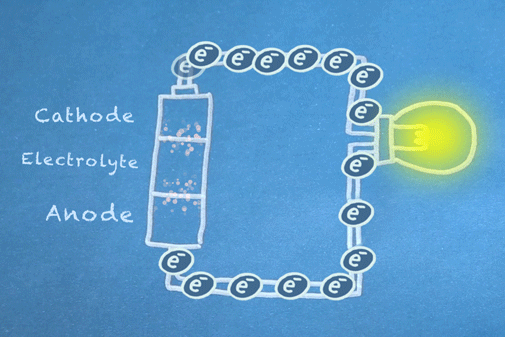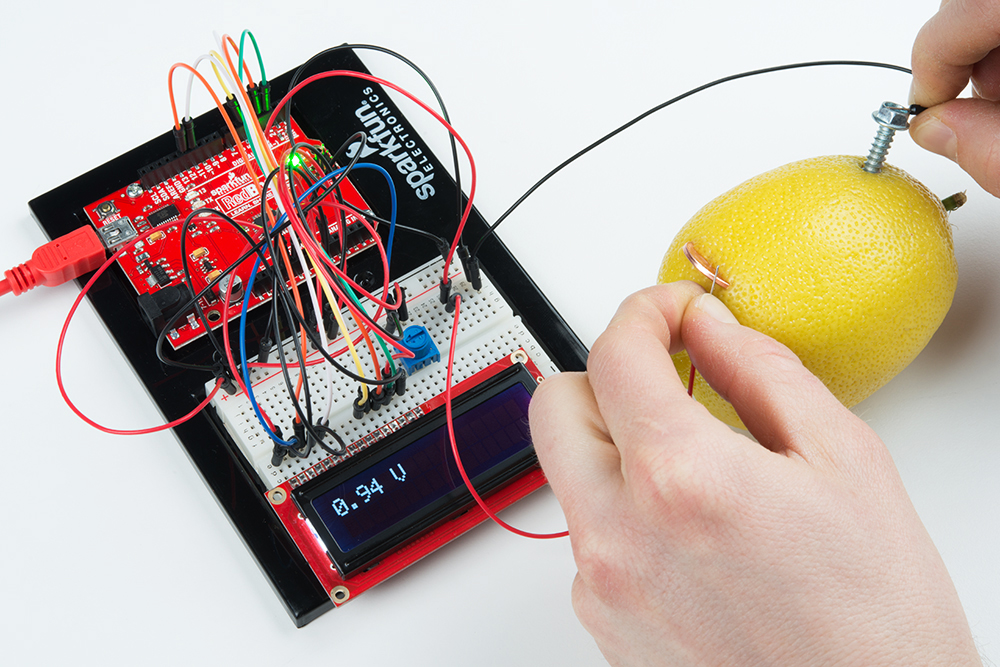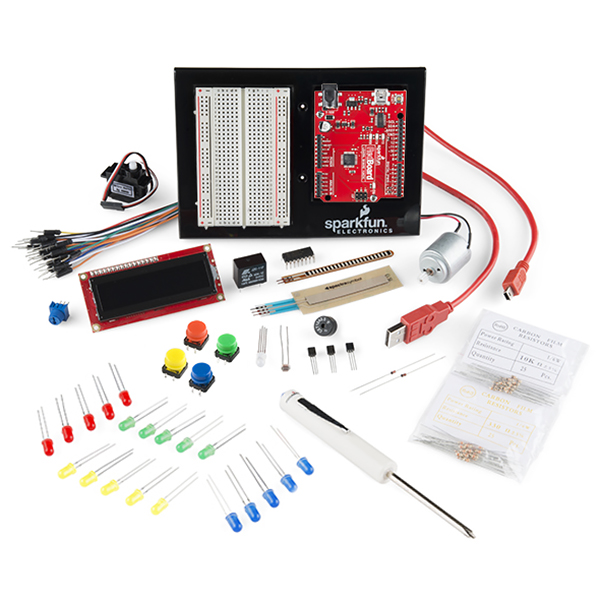STEM Project: Make and Measure a Battery
Learn about batteries with a concept video and tutorial. Then, create a simple battery using a lemon, a screw, and a penny. Use a voltmeter (or make your own!) to measure the loaded and unloaded voltages of the battery. With this information, calculate the internal resistance of the battery, and answer why lemons make for poor batteries.
View the battery concept overview and step-by-step instructions below.
What is a Battery?
Check out this video overview (4 min/5 sec) of how batteries work as well as a written tutorial designed to familiarize your students with battery concepts.
How a Battery Works
This concept tutorial provides an in-depth look at the invention of batteries and how chemical reactions can be used to create electrical potential energy.
Step-by-Step Instructions
This tutorial provides step-by-step instructions for building a lemon battery and a voltmeter, and shows how to calculate the internal resistance of a battery.
Additional Details
Duration: Two 50-minute class periods
Classes: Any class, but particularly useful in science, technology, STEM, STEAM, engineering, and art courses, as well as after school and summer school
Materials: A lemon, a zinc-plated screw or nail, a penny, a hobby knife, and a AA battery. Additionally, students will need a multimeter or SparkFun Inventor's Kit to construct their own voltmeter. The tutorial has the full listing.
What Standards Does This Project Address?
ISTE Standards:
As part of this project, students will:
- Apply existing knowledge to generate a new product (standard 1.a)
- Identify and define authentic problems and significant questions for investigation (standard 4.a)
- Demonstrate understanding of technology concepts and systems (standard 6)
Common Core State Standards:
CCSS.ELA-LITERACY.RST.9-10/11-12.3. Follow precisely a complex multistep procedure when carrying out experiments, taking measurements, or performing technical tasks; analyze the specific results based on explanations in the text.
CCSS.ELA-LITERACY.RST.11-12.7. Integrate and evaluate multiple sources of information presented in diverse formats and media (e.g., quantitative data, video, multimedia) in order to address a question or solve a problem.
The SparkFun Inventor's Kit
The voltmeter built as part of this exercise relies on parts found within the SparkFun Inventor's Kit. The SIK is a great way for students to get started with programming and physical computing based on the popular Arduino board. The kit contains all the components and instructions necessary for completing 16 circuits and can be incorporated into project-based instruction.


